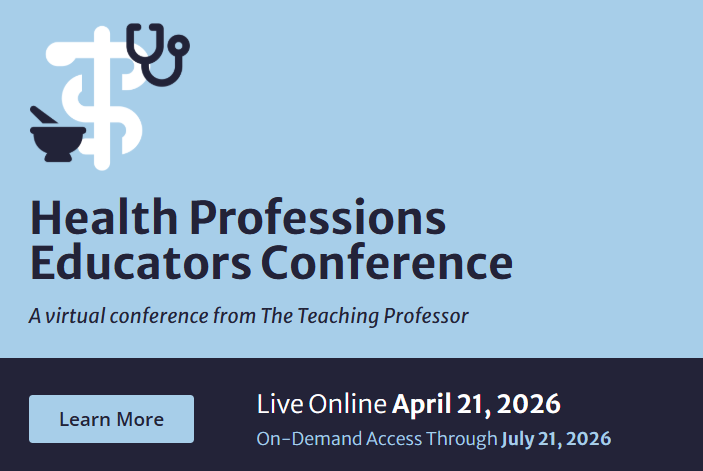The Flipped Classroom: Tips for Integrating Moments of Reflection
“Students in inverted classrooms need to have more space to reflect on their learning activities so that they can make necessary connections to course content” (Strayer, 2012).
If you were to observe a flipped classroom, what do you think would it look like? Maybe students are working in groups. Maybe each group is working on a different problem. Maybe the instructor is walking around the room talking with each group and checking on the students’ progress. And each group of students is probably asking a different question each time the instructor walks by. It’s probably noisy since everyone is talking to each other or engaged in a task. And students are probably standing up or leaning in towards one another to hear their group members talk about the next task. Students might be writing in a workbook, typing on their laptops, or watching a video on the screen of some new technological device.




